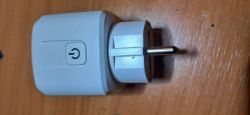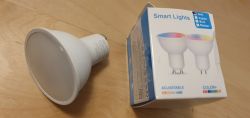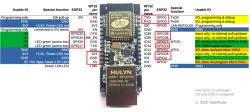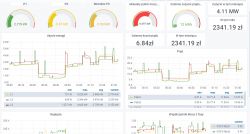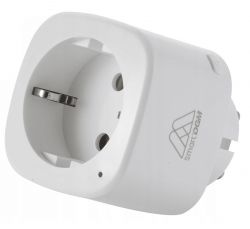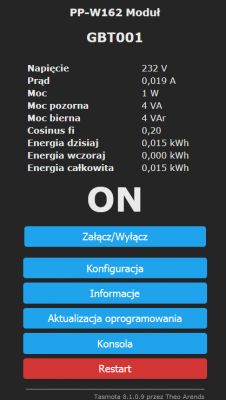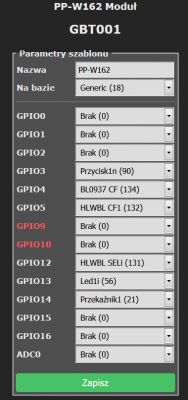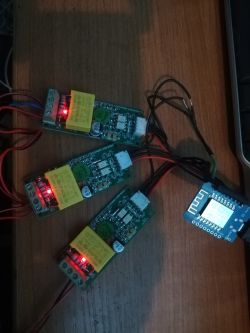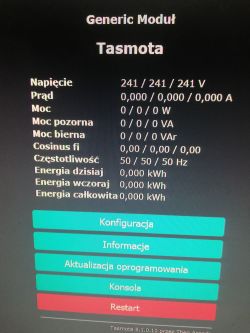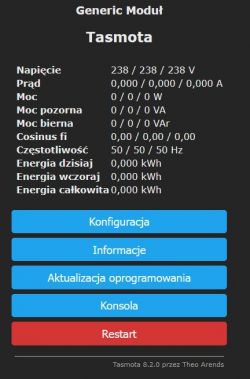Yes, there is no wi-fi. The module itself communicates via UART with ESP8266. It may even be ESP-01
I recommend version 3.0 because it works well on LVTTL and has flashing LEDs where you can immediately see if there is communication. Previous versions had to be slightly modified. So change the resistors on optocouplers.
In addition, version 3.0 shows the frequency of the network.
It is connected simply: rx-tx tx-rx mass and 3.3V power supply. With more PZEM-004 connected to one UART, you need to give the BAT45 diodes according to the diagram somewhere on the github. When I find it.
The basic configuration is to paste the following line into the template configuration:
For version 3.0 it will be:
{"NAME": "HW-655 PZEM", "GPIO": [0.62.0.98.0.0.0.0.0.0.0.0.0], "FLAG": 0, "BASE": 1}
Or manual selection in the configuration of the generic module in Tasmota.
Thanks to PZEM-004T we get readings:
Voltage, current, active, reactive, apparent power and cos phi. In addition, it counts the kilowatt hours today and total. After mqtt we send ourselves wherever we want.
How would I help you.
This is what it looks like. It's an older version that doesn't show the frequency.




